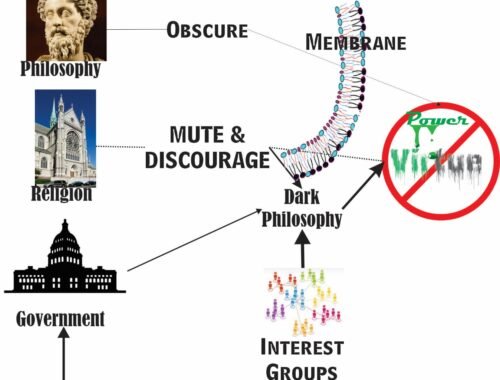
Power Shift, Part 5: The New Deal
“We put those payroll contributions there so as to give the contributors a legal, moral, and political right to collect their pensions and their unemployment benefits. With those taxes in there, no damn politician can ever scrap my social security program”
President Franklin Roosevelt recalling why social security
was based on payroll contributions, 1941
Images from the National Archives and Records Administration
Abstract: Whether the New Deal solved the issues of the Great Depression is open to debate. What is not open to debate is the New Deal significantly expanded federal power and control and laid the foundation for even further expansion in the Great Society.
The New Deal significantly expanded federal control of the government and its power to, at least first, recover from the Great Depression. Roosevelt patterned his New Deal on his kinsman’s Square Deal. The New Deal, however, went well beyond the concept and the limits of the Square Deal. While the Square Deal sought to strike an effective balance between industry and the workforce, it was squarely capitalist in nature and approach. His role for the government was to ensure fair competition. Although some critics say Theodore Roosevelt leaned to the left in his later years, he opposed the left wing of the Republican Party and the Democrats. Franklin Roosevelt was a Democrat and expanded the government’s role into virtually every aspect of people’s lives.
These programs may have been well-intentioned, but they centralized power even more effectively at the federal level and laid the groundwork for Johnson’s Great Society. With the New Deal, individual Americans became increasingly reliant on the federal government for programs and aid and assistance than the state and local governments.
Perhaps the single most change-mandating program was Social Security, passed in 1935. Social Security not only expanded the government’s reach down to individual workers, but it did this by levying a 6% tax, split between the worker and the employer. It also created an administrative office for Social Security that is now massive in scope and scale and, like the IRS formed to manage the income tax, affected nearly every American’s life.
By 1937, however, the New Deal was sputtering, and Roosevelt’s expansion programs were facing increasing opposition and Supreme Court struck down several pieces of New Deal Legislation. To help get these new programs approved, he announced a decision to expand the Supreme Court to up to 15 judges. As the debate started, two justices slid over to a more liberal approach and upheld the National Labor Relations Act and the Social Security Act. With this change, Roosevelt lost the drive on the court reorganization plan. Senate Republicans and some Democrats defeated the bill by a large margin.
While some of the New Deal programs, such as the Civilian Conservation Corps defunct, many of its programs are still in effect. These include:
- Federal Deposit Insurance Corporation (FDIC)
- Federal National Mortgage Association (Fannie Mae)
- National Labor Relations Board (NRLB)
- Securities and Exchange Commission (SEC)
- Social Security (SSA)
- Soil Conservation Service (now Natural Resources Conservation Service)
- Tennessee Valley Authority (TVA)
- Federal Housing Administration (FHA)
- Federal Crop Insurance Corporation (FCIC)
- Farmers Home Administration (now USDA Office of Rural Development)
- Rural Electrification Administration (now Rural Utilities Service)
A few others, such as the Public Utilities Holding Corporation Act and Glass-Steagall are defunct or repealed after years of impact upon the US.
Some of these programs, such as Fannie Mae and the Farmers Home Administration, ran into problems and lost sizeable sums of money. Others either morphed into different versions and/or new cabinet departments, such as the Department of Housing and Urban Development adsorbed them. And others, such as the FDIC and SEC, have performed their tasks well since their founding. We can debate whether the death of Glass-Steagall or the FDIC triggered the banking crisis of 2008. Did lack of regulation cause it or did something else? It is a safe bet that FDIC’s sibling, the Federal Savings and Loan Insurance Corporation (FSLIC) triggered the savings and loan crisis, and caught John McCain, part of the Keating Five, up in the scandal.
Whether successful or problematic, however, all of them significantly expanded the scope and powers of the federal government.
The real question is two-fold.
First, did the New Deal help or hinder economic recovery? President Hoover thought government should stay out of the recovery and let the market correct itself. Some economists agree with Hoover’s idea and think the New Deal extended the length and severity of the Great Depression.
Second, is the cure worse than the disease? While at West Point, I was fortunate enough to take an honors section of Political Science. The instructor was engaging and provided some different readings from the standard course. One of these was an extract from The Brothers Karamazov, titled The Grand Inquisitor on the Nature of Man. The Grand Inquisitor, the head of the Spanish Inquisition, explains to Christ that humanity does not want free choice, that people want to be told what to do.
Is that why people voted for Franklin Roosevelt four times? Because he told them what to do? Is that the legacy of the New Deal, a government that solves all of people’s problems?






